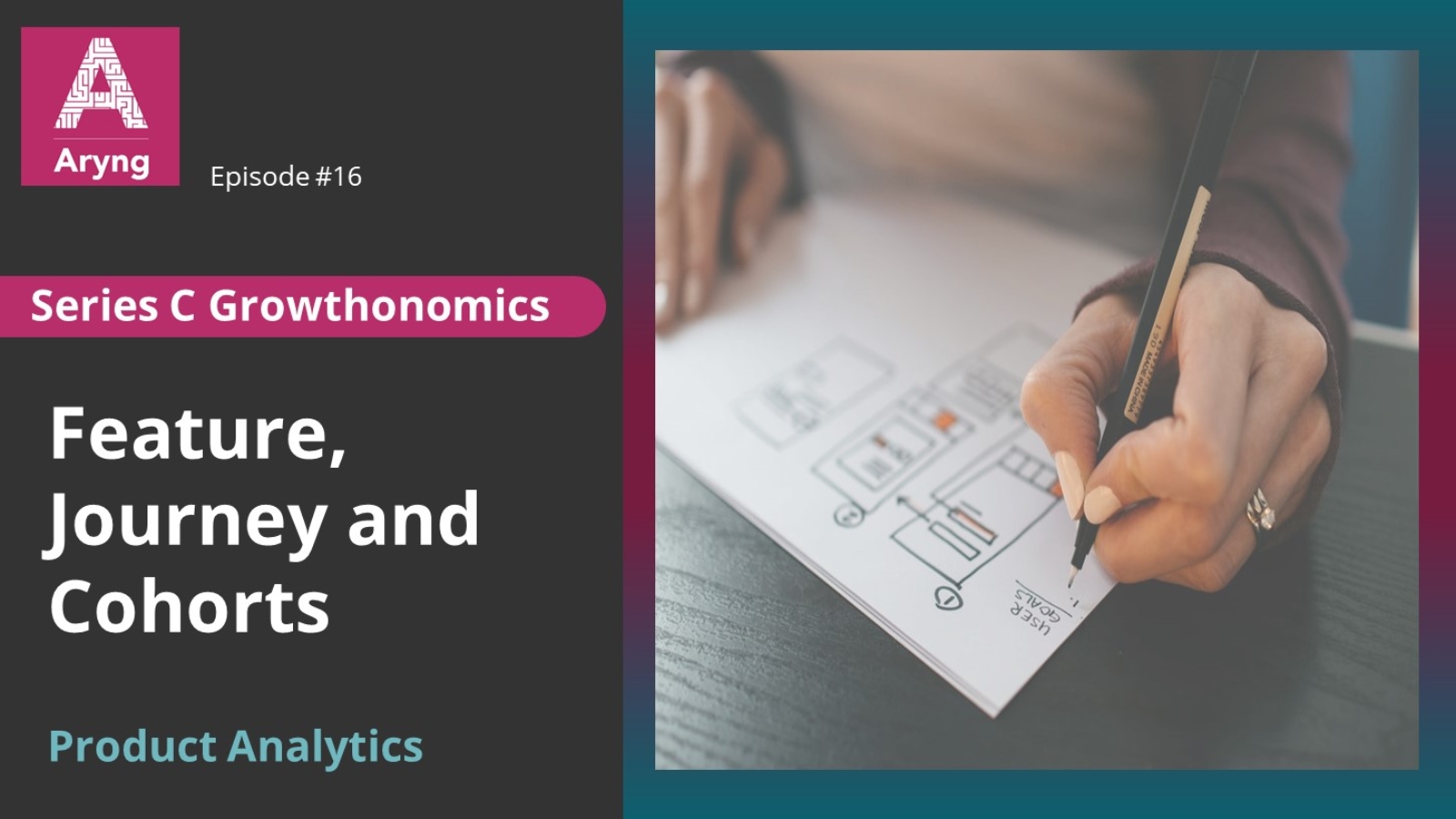“You can’t just ask customers what they want and then try to give that to them. By the time you get it built, they’ll want something new.” – Steve Jobs
As a business leader, you are interested in revenue and profits, but your customers are expecting enjoyable experiences from your product. These two seem to be opposing expectations, but if you think carefully, they are not. If you provide a seamless product experience to the customers, your revenue and profits will increase.
To improve the product experiences, many companies conduct surveys to understand their customer’s needs. Customer’s needs are mostly short-term. They focus on the current problems at hand and want to solve them. By the time you solve their problem, there will always be another problem and another need of the customer. By trying to provide the customers with what they want, you will remain stuck in a vicious circle of customers’ wants and solutions. But to provide a great customer experience, it is important to keep innovating.
It’s the feature, journey, and cohort analysis that helps identify the opportunities to innovate. Let’s learn how by deep diving into each of these individual components.
Feature Analysis
Continuing our example of “easybookings”, a website and an app platform that allows users to book hotels, you may think that your search bar is the most important feature of your app/website. In most cases, it is the first thing that a user would want to look for and use. So, it is important to know whether your most critical feature is working well or not. You may also want to ensure that all of your other critical features like individual hotel listings, their details, booking page, payment page, etc., all are working properly. This validation needs to be done on both the website and the app.
The first part of the feature analysis is to ensure all the features are working properly.
A feature is a single touchpoint of a user. It can be a search bar as explained above, it can be a button, a hyperlink, a drop-down menu, a pop-up text, or a combination of things that you are showing people for personalization. Every single touchpoint or an object which allows a user to take action becomes your feature.
Now, there are probably 35-40 features on your homepage. Each feature can be used to navigate to another page which in turn will have its own set of 35-40 features. Overall your product will have 50-60 pages which contain tons of features for a user to use. So, where should you keep your focus? Which feature should you optimize? Which are the features that are most important to you? Are your important features accessible to your users?
As you think about the answers to these questions, you might want to first think about where the most traffic is going. Your next step would be to create a Pareto which helps you understand where the top X volume is. These top X features are probably where you would want to focus your energy and think of ways to optimize them. Surfacing these top X features also helps you know if your important features are getting sufficient visibility or not and whether your important features are accessible to your users.
The second part of the feature analysis is to identify the top X features and ensure that your most important features are getting the most visibility.
The third aspect of the feature analysis is attribution. Attribution here means a result of a particular action. In terms of analysis, this means we are interested in knowing which feature is contributing to success. To conduct the attribution analysis we need to define the success metric and then analyze which feature correlates to the success. Identification of highly correlated features sets the path for A/B testing to test to prove the new hypothesis.
The third part of the feature analysis is attribution analysis which helps us in identifying the features which contribute to success.
Till now we have discussed analysis of individual features and comparing them against each other to identify the most important ones but the use of a product often requires the user to go through multiple features to complete one action. This kind of analysis is called Journey Analysis. Let’s discuss it more in detail.
Journey Analysis
To make a hotel booking the user uses the search bar to input the hotel requirements like location and date; to get the hotel listing. Then it shows the hotel listing to the user where he sorts the listing in the order of preference. From the sorted list, the user selects the preferred listing and goes to the listing page where he finds the properties of the listing like pictures, amenities, etc. The page also shows the option to buy which takes the user to the confirmation page. The user then verifies the booking details and clicks the confirm button which takes the user to the payment page. Upon making the payment, the booking gets finally confirmed and the user obtains the order ID. This whole set of steps that a user takes to complete a booking is called a journey.
Another example of a journey can be when a user wants to cancel the booking and claim a refund. The user first goes to his account, opens my orders, searches for the order to cancel, and clicks on the cancel order button, from where he is navigated to the cancelation form, where the user provides reasons for canceling and submits. Upon submitting, it shows whether the cancellation was successful or not.
So, there can be numerous journeys for a user depending on the action required. Journey analysis helps to discover the missing or the critical links in a chain of events. But to know which journey to focus on, it is important to create a Pareto for the user journeys similar to feature analysis and see where you want to put your efforts into.
As a part of the journey analysis, we often conduct funnel analysis as well. Funnel analysis helps us to understand where the maximum drop-off is occurring during the journey.
When thinking about features and journeys, there are 2 things that you can do. One is the analysis which we have already talked about. And the other one is A/B testing where you formulate a hypothesis to test new ideas which have never been implemented before. For example, you may come up with the idea of showing an ad. So, you create 2 groups, one is to whom you show the ad vs to those you don’t show it. This testing of new option vs status quo is called A/B testing. This helps us to prove/disprove the new hypothesis. In our case of ads, this helps us to know if the new ad has improved the conversion or not.
“What good is an idea if it remains an idea? Try. Experiment. Fail. Try again. Change the world.” – Simon Sinek
This brings us to the last part.
Cohort Analysis
While doing the feature analysis, we might get a question whether there is a difference between the users registered in the month of Jan vs the users registered in the month of Jun. We might also be interested in knowing if there is a difference between how the user journeys depending on their acquisition source. This is where cohort analysis comes into the picture.
There can be many ways of defining cohorts. One of the ways is the acquisition sources like Facebook, Instagram, Google, organic, etc. Another way is the month of registration. Then there can be cohorts of age groups, gender, etc. The business needs to come up with a strong hypothesis to test the difference between the cohorts.
The time series cohorts have a wide range of applications for analyzing some important metrics of the business and are usually for analyzing the long-term trends. For example, we might be interested in analyzing the various sources by monthly retention for 12 months to see if some sources yield significantly more quality users than others. Similarly, we might also be interested in analyzing the monthly trends for churn or trials. In the blog, metrics that matter, we will discuss the important metrics that you may want to analyze using cohorts and long-term trends.
Conclusion
In most cases, you will be using your product analytics time as feature analytics and journey analytics. So, it is important to only focus on the features and journeys which will give you maximum revenue. When you are thinking about the revenues and profits, also think about the losses like claims which will help in retaining the already generated revenue. We should be interested in the biggest pieces of losses and work on that. Once you do these analyses, you will be able to uncover many opportunities.
Feature and Journey Analysis are the most common ways to identify the opportunities to innovate. Feature Analysis may help to discover the individual important features whereas a journey helps to discover the missing or the important links in a chain of events. Cohort analysis on the other hand is a great way to compare how the different metrics are performing for different cohorts. They not only simplify the analysis and bring quick results but also help focus our energy on the most important cohorts.
Feature, Journey and Cohort analysis forms the core of product analytics. If you do a quick search on the internet you may find many other types of product analytics. If you really understand the three types discussed here, then you will be able to understand that all other types branch from one of these three types.
“Most innovation involves doing the things we do every day a little bit better rather than creating something completely new and different”


[…] Read more about UI/UX analytics here […]